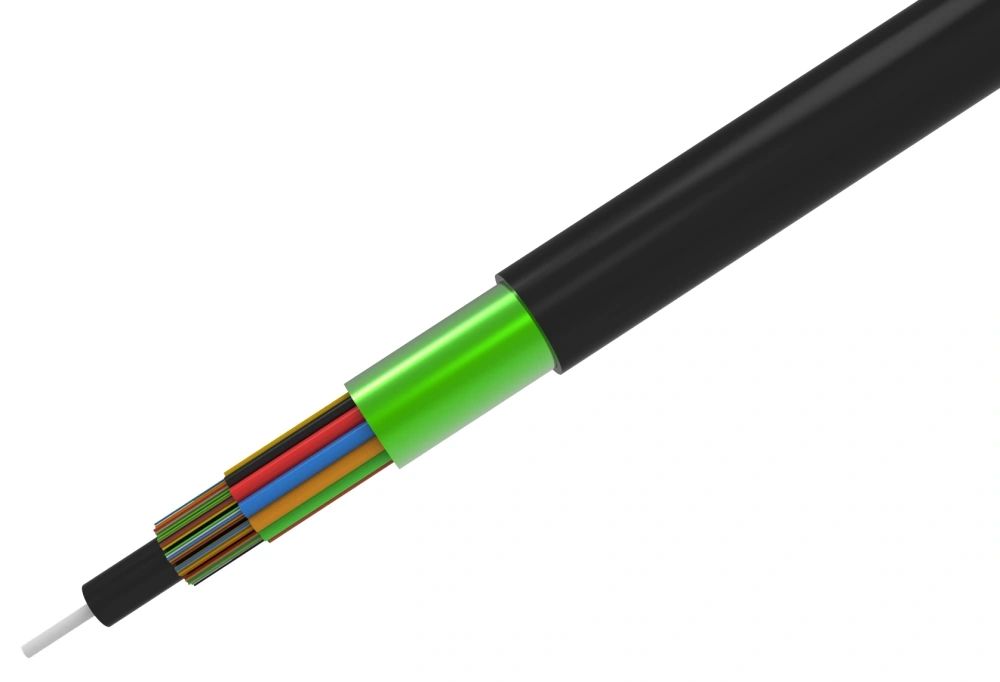Understanding the Importance of Indoor Optical Cable

Indoor optical cable plays a crucial role in modern telecommunications infrastructure, enabling seamless communication and connectivity. When considering the implementation of such cable systems, it is essential to evaluate the overall cost and project return. This article aims to provide a comprehensive analysis of these factors to aid decision-making processes.
Factors Affecting Overall Cost of Indoor Optical Cable Projects
The overall cost of indoor optical cable projects is influenced by several factors:
1. Cable Material and Quality: The choice of cable material and quality directly impacts overall cost. Opting for higher quality cables may initially have a higher price, but they often result in reduced maintenance and replacement costs over time.
2. Cable Length and Quantity: The length and quantity of indoor optical cables required for a project significantly contribute to the overall cost. Accurate measurements and estimations are essential to prevent unnecessary expenses.
3. Installation Process: Installation costs include labor, equipment, and other related expenses. Efficient planning and skilled technicians can help minimize installation costs.
Evaluating Project Return on Indoor Optical Cable Investments
While analyzing the project return on indoor optical cable investments, several aspects should be considered:
1. Increased Bandwidth and Connectivity: Implementing indoor optical cable systems leads to improved bandwidth and enhanced connectivity, resulting in increased operational efficiency and customer satisfaction.
2. Cost Savings: Though initial investments may be higher, the long-term cost savings that result from reduced maintenance, improved data transmission, and faster troubleshooting make optical cable projects financially rewarding.
3. Future-Proofing Infrastructure: Indoor optical cables provide scalability, enabling businesses to adapt to future technological advancements without significant infrastructure modifications. This future-proofing aspect enhances the project's overall return on investment.
Conclusion
Considering the overall cost and project return on indoor optical cable investments is vital for businesses and organizations striving for efficient and reliable connectivity. By evaluating factors such as cable material, length, and installation process, along with the potential return in terms of increased bandwidth, cost savings, and future-proofing, decision-makers can make informed choices that align with their objectives and ensure the success of their projects.



